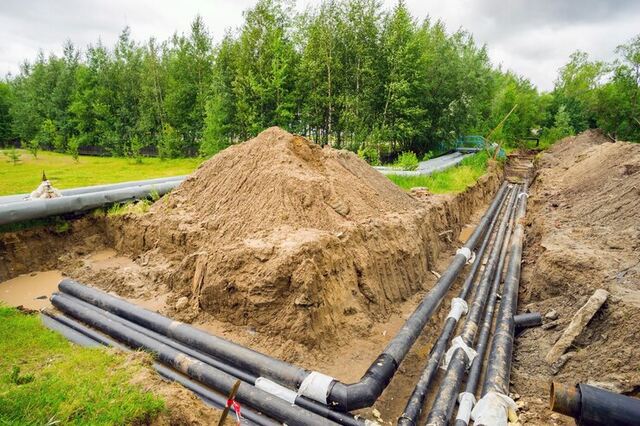Subsurface drainage systems have been increasingly important in today’s world, especially for agricultural and civil engineering applications. There is no denying its many undeniable benefits. If your land looks like a soggy marsh after a big storm, you should put in a subsurface drainage system.
Because it has nowhere to go, rainwater that doesn’t evaporate collects. Saturated soil cannot be penetrated by surface water because the water in the ground cannot move rapidly enough. Plants and the masonry and bricks of your home might be damaged by drought-stricken water. Under this circumstance, subsoil drainage solutions would be helpful. You will learn about the amazing advantages of a subsurface drainage system in this blog.
1. It Helps With Water Management
One of subsurface drainage systems’ main goals is the efficient management of water resources. By eliminating excess water from the soil profile, these devices guarantee adequate soil aeration and help prevent waterlogging. Subsurface drainage systems additionally enhance crop growth and boost agricultural productivity by preserving the appropriate levels of soil moisture.
2. It Prevents Water Logging
An excessive amount of moisture in the soil results in waterlogging and lowers the root zone’s oxygen content. Plant growth can be hampered in this situation, which could result in crop loss. Subsurface drainage systems minimize waterlogging and protect crops from the harmful effects of water stress by efficiently removing water from the soil.
3. It Reduces Flooding
Subsurface drainage systems are essential for preventing and managing flooding in addition to their many uses in agriculture. By effectively eliminating surface runoff and decreasing the possibility of flooding in low-lying areas, these devices remove surplus water from the soil. Infrastructure, people, and property can all be shielded from the devastating effects of high rainfall events by properly built and maintained subsurface drainage systems.
4. It Reduces Soil Salinity
When salts accumulate in the soil as a result of flooding, it is known as salinity of soil. Soil that is overly salinized might hinder plant development and reduce yields. By removing excess salt from the soil profile, subsurface drainage systems can reduce soil salinity and enhance the environment for plant growth. By lowering soil salinity, these technologies aid in the sustainable management of agricultural land.
5. It Improves Water Quality
Subsoil drainage systems can help improve the quality of water by limiting the amount of sediment, nutrients, and pollutants carried into water bodies from land surfaces such as farms. These systems collect and purify runoff water to prevent pollution and eutrophication of water resources, maintain ecosystem health, and sustain a variety of aquatic habitats.
6. It Enhances Soil Structure
Excessive water in the soil can create compaction and erosion, which can compromise the fertility and structure of the soil. By limiting water buildup and encouraging proper soil aeration, subsurface drainage systems contribute to the preservation of the integrity of the soil structure. As a result, when roots spread and plants take up nutrients, soils get healthier and more productive.

